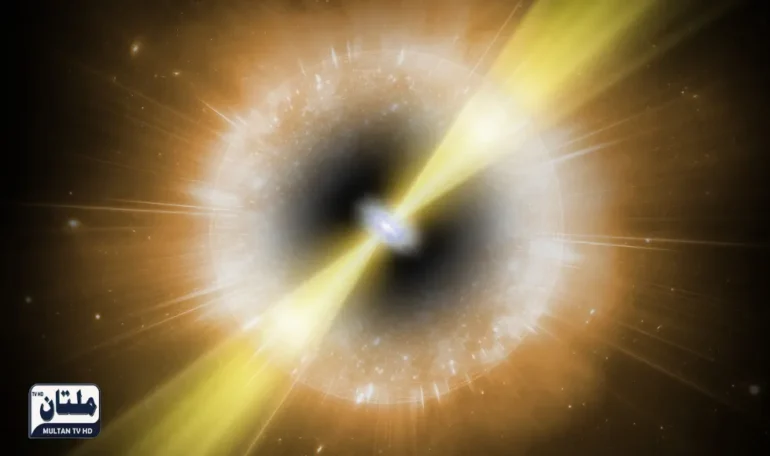Astronomers are exploring whether black holes can help trigger some stellar explosions. A newly observed, rare supernova showed strange behavior — it brightened in repeated pulses, produced high‑energy signals, and stayed active long after the first blast. These clues suggest a compact neighbor, such as a black hole or a neutron star, was nearby and feeding on gas from the star.
How could that set off an explosion? In a tight binary, the compact object can dive into the bloated outer layers of a massive star (a phase called a common envelope). As it spirals inward, friction and gravity heat and squeeze the core and can launch powerful jets. That extra energy could push the star over the edge, turning a slow death into a sudden supernova.
Another route happens when a white dwarf swings too close to a black hole. The extreme tidal forces can compress the white dwarf and trigger runaway nuclear burning — a detonation that looks like a very fast, bright explosion. Both ideas match some parts of the data from the rare event, which showed signs of ongoing interaction between a compact object and surrounding material.
The bottom line: we do not yet have final proof that a black hole lit the fuse, but the evidence is getting stronger. More examples from new sky surveys, plus signals like neutrinos or gravitational waves, could confirm the link. If true, it would add a new family of “triggered” supernovae to the cosmic playbook and explain some of the most unusual, short‑lived flashes in the sky.



